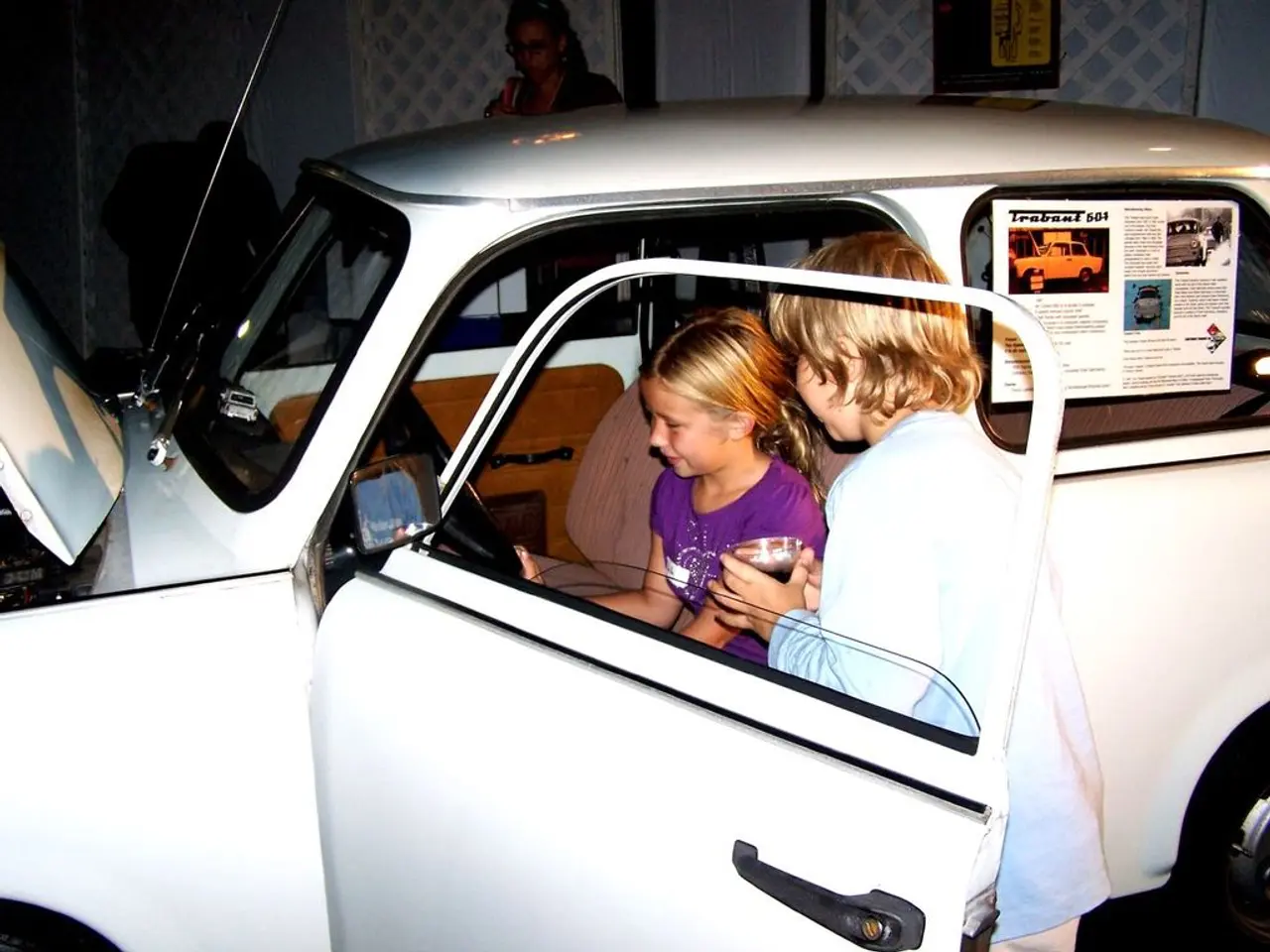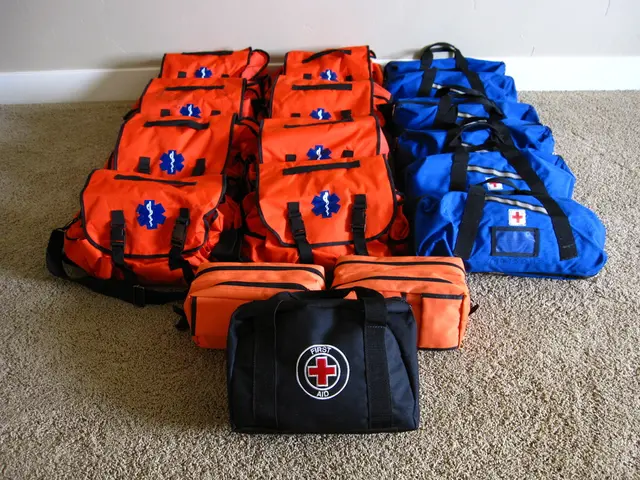Summertime Heat Risks for Children in Cars: Maintaining Safety Measures for Your Little Ones
In the United States, a tragic and persistent issue continues to claim the lives of young children - hot car deaths. On average, nearly 40 children die each year from being left inside hot cars, equating to one child every nine days[1][2][5]. This year alone, at least 12-13 children have already lost their lives in such accidents[1][4].
Key facts about hot car deaths reveal that about 88% of victims are 3 years old or younger[1], and children's bodies heat up 3 to 5 times faster than adults[2]. Simple measures such as opening windows slightly or parking in the shade do little to prevent dangerous heat buildup inside vehicles[2].
To combat this issue, experts and child safety organizations have recommended crucial preventative measures. These include always checking the back seat after parking, keeping vehicles locked and keys out of reach, teaching children to honk the car horn if they get stuck, and immediately checking all nearby vehicles if a child goes missing[1]. Caregivers should never leave children unattended in vehicles, even for a short time, as temperatures rise rapidly[2].
Awareness that even responsible parents can make mistakes is critical, as many hot car deaths happen when children are unknowingly left behind[1]. These safety habits are vital because until widespread mandated technology (like car seat alarms or rear seat sensors) is implemented, prevention largely depends on vigilance and routine behaviors by caregivers[1].
Experts, such as Amber Rollins, director of KidsAndCars.org, are particularly concerned about parents who have a hybrid work schedule (working at home some days and in the office other days)[3]. Rollins emphasizes the importance of hot car safety as more parents return to the office.
In summary, hot car deaths remain a steady and heartbreaking problem in the U.S., especially affecting very young children. Practicing consistent safety routines, securing vehicles, educating kids, and staying alert can significantly lower the risks of these preventable tragedies[1][2].
- On an 86-degree day, it takes approximately 10 minutes for the inside of a car to reach a dangerous 105 degrees. - Always keep keys out of children's reach. - A report published by the National Safety Council states that it takes very little time for a car to get too hot for children.
The importance of science and health-and-wellness practices becomes evident when considering hot car deaths, as children's bodies heat up 3 to 5 times faster than adults, making it crucial to keep keys out of children's reach to prevent tragic incidents. Furthermore, the implementation of science-based technology like car seat alarms or rear seat sensors could significantly lower the risks of these preventable tragedies.




